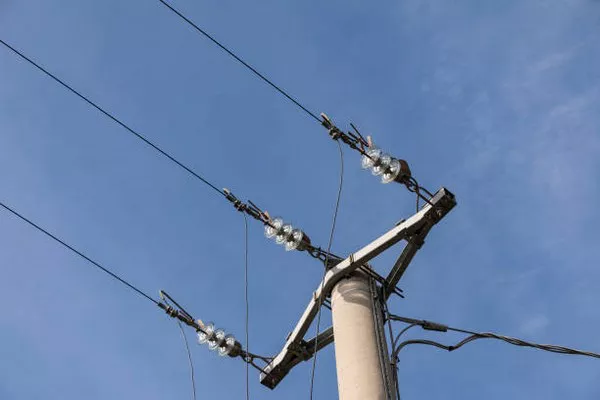Electrical transformers stand as silent guardians in the realm of power distribution, playing a pivotal role in ensuring the seamless flow of electricity from power stations to end-users. These devices, often overlooked in their significance, are indispensable in the modern electrical infrastructure. This article delves into the intricate functions of electrical transformers, shedding light on their crucial role in power transmission and distribution systems.
Voltage Transformation:
The primary function of an electrical transformer is to alter the voltage level of an alternating current (AC). Transformers are designed to either step up or step down the voltage, allowing for efficient power distribution over long distances. Stepping up the voltage at the power generation end minimizes energy loss during transmission, while stepping it down at the distribution end ensures compatibility with household appliances and industrial machinery.
Power Transmission:
Transformers facilitate the efficient transmission of electrical power across vast distances. The principle behind this lies in the relationship between voltage, current, and power. According to the power equation P = VI (where P is power, V is voltage, and I is current), keeping the power constant, an increase in voltage results in a decrease in current, and vice versa. Lower current reduces resistive losses during transmission, making the process more energy-efficient.
Isolation:
Electrical transformers provide electrical isolation between the input (primary) and output (secondary) circuits. This isolation is crucial for safety reasons, preventing direct contact with high-voltage circuits. By separating the primary and secondary windings through insulating materials, transformers mitigate the risk of electric shock and ensure the protection of both equipment and personnel.
Impedance Matching:
In certain applications, transformers are employed to match the impedance between the power source and the load. Impedance matching optimizes power transfer between different electrical components, improving system efficiency. This is particularly important in audio and radio frequency systems, where matching impedances ensures maximum power transfer and minimizes signal reflections.
Distribution Network:
Transformers play a central role in the distribution network, enabling the transition from high-voltage transmission lines to lower-voltage distribution lines. Substation transformers are strategically placed to step down the voltage before distributing electricity to residential, commercial, and industrial areas. This step-down process is essential for meeting the diverse voltage requirements of end-users.
Load Distribution:
Electrical transformers contribute to the balanced distribution of loads across the power grid. By strategically placing transformers in substations and along distribution lines, utilities can ensure that the electrical load is evenly distributed. This prevents overloading of specific transformers and enhances the overall reliability and stability of the power distribution system.
Reactive Power Compensation:
Transformers also play a role in reactive power compensation, which is vital for maintaining power factor in electrical systems. Power factor is a measure of how effectively electrical power is converted into useful work output. Transformers equipped with tap changers can adjust the voltage level and improve power factor, reducing the burden on the electrical grid and enhancing overall system efficiency.
Voltage Regulation:
Voltage regulation is critical to maintaining a stable and consistent power supply. Transformers help regulate voltage levels by adjusting the turns ratio between the primary and secondary windings. This ensures that the voltage delivered to end-users remains within specified limits, preventing potential damage to electrical equipment and appliances.
See Also What Is A Buck Boost Transformer Used For
Conclusion:
In conclusion, electrical transformers serve as indispensable components in the intricate web of power generation, transmission, and distribution. Their multifaceted functions, ranging from voltage transformation to impedance matching and power factor correction, underscore their significance in ensuring a reliable and efficient electrical infrastructure. As technology advances, transformers continue to evolve, adapting to the dynamic demands of the modern energy landscape. Understanding and appreciating the functions of electrical transformers is crucial for engineers, utility providers, and policymakers as they work together to build and maintain a resilient and sustainable electrical grid.

